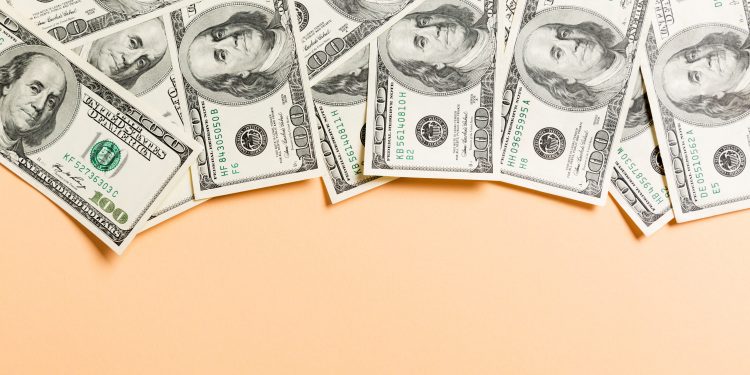The pandemic has produced many losers and a few winners. In the payments world one of the biggest losers is cash. Despite multiple studies that contend that the odds of catching COVID-19 from paper currency is very small, it appears that consumers are avoiding cash and embracing card payments, particularly contactless payments.
The conventional wisdom is that consumers do not want to handle cash, or even touch a POS terminal, and are thus moving to contactless payments because, well, they are contactless. Perhaps in the age of COVID-19, a smart marketer will rebrand contactless as “no-touch” payments to highlight the fact that the buyer doesn’t have to touch cash or the terminal in order to pay for things.
For readers of this column this might not be “new news.” However, the New York Times published an article about contactless trends in Europe as a result of the COVID-19 outbreak. The article, Our Cash-Free Future Is Getting Closer, specifically cites the growth of contactless in Europe. There are many countries in Europe where cash makes up a significant proportion of all transactions, much higher than in the U.S. or Canada, for example. The contactless trend in Europe can be summed up in the following quote:
“We’re living through an amazing global social experiment that is forcing governments, businesses and consumers to rethink their operating models and norms for social interactions,” said Morten Jorgensen, director of RBR, based in London, a consulting firm specializing in banking technology, cards and payments.
“We have a world in which there is less contact,” he said. “People’s habits are changing as we speak.”
Contactless usage in Europe was also aided by issuers, acquirers, and governments working together to raise the contactless payment ceilings, that is the maximum amount of money a person can pay with a contactless card.
Limits as low as 20 euros, originally intended to prevent thieves from being able to buy large amounts with a stolen or hacked card, were raised to 50 euros or more in France and other countries during quarantine, enticing shoppers to increase the number and value of their purchases.
Will this all lead to the cashless economy that some predict? Not likely. As the article points out, there are many people who still need cash because they are not able to get payment cards. Think underbanked and unbanked consumers who do not currently have access to electronic payments. They still need cash to be able to function in the economy. Even in countries where being banked is legislated, cash is still an important part of the economy.
Overview by Peter Reville, Director, Primary Research Services at Mercator Advisory Group









